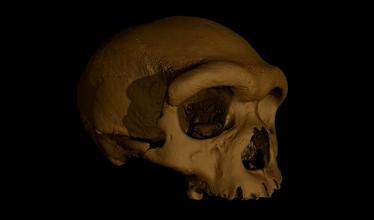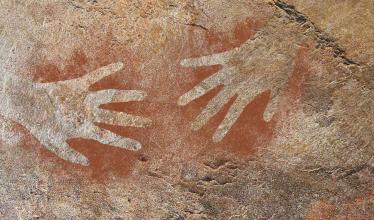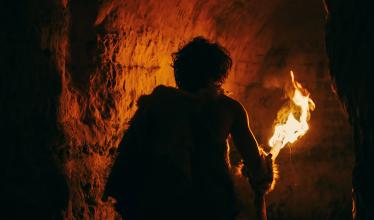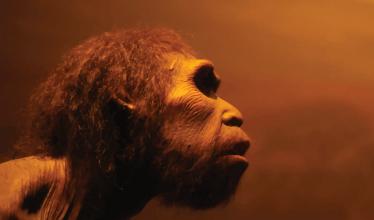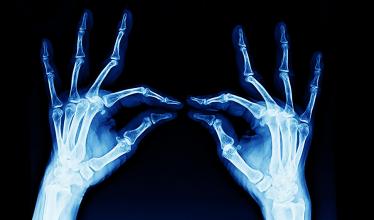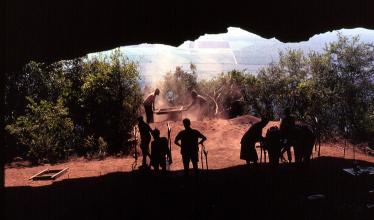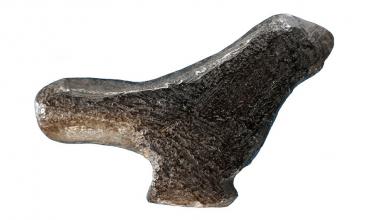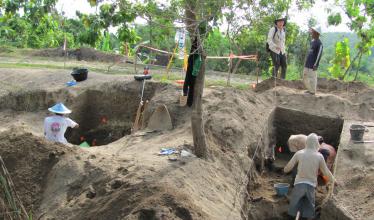Anthropology
The skull was found in China, and it belonged to a man who lived at the same time as Neanderthals and ancient Homo sapiens.
Ancient stencils of hands with "mutilated" fingers may actually show a type of sign language used for hunting or silent rituals.
Torches cast a brilliant glow that was good for exploring, while lamps were better for lighting one small area.
For the first time, researchers have obtained the nuclear DNA of archaic humans from cave sediments.
Fossil hands help solve the puzzle of when humans gained manual dexterity.
New research reveals the economic importance of “wool dogs” to the Native American peoples of the Salish Sea.
Ancient site suggests early humans controlled fire and used plants to ward off insects.
Bird statuette, recovered from a refuse heap, more than doubles the age of the earliest known animal sculpture from East Asia.
Researchers use the DNA of currently-living Quebecois to help identify their ancestors.
New dating of a trove of fossils suggests our cousin hominin went extinct because of climate change.
Despite high-profile study, the ancestors of humans living today likely evolved in many places at once, say critics.
Tiny brainlike cell cultures called organoids offer clues about human evolution.

